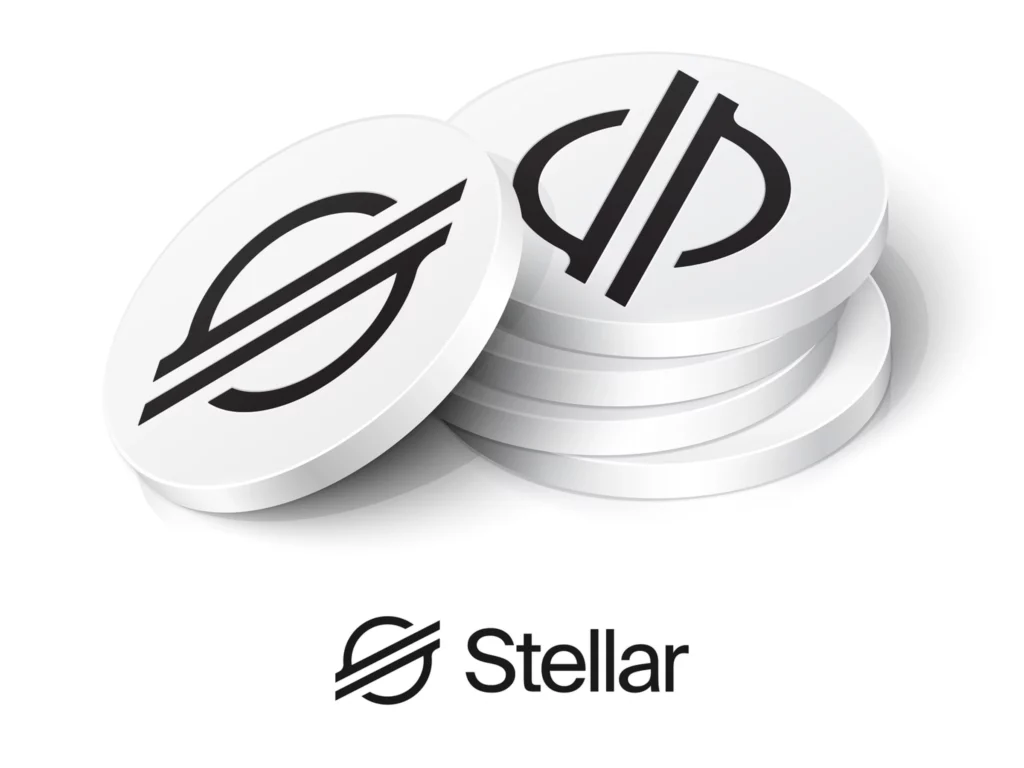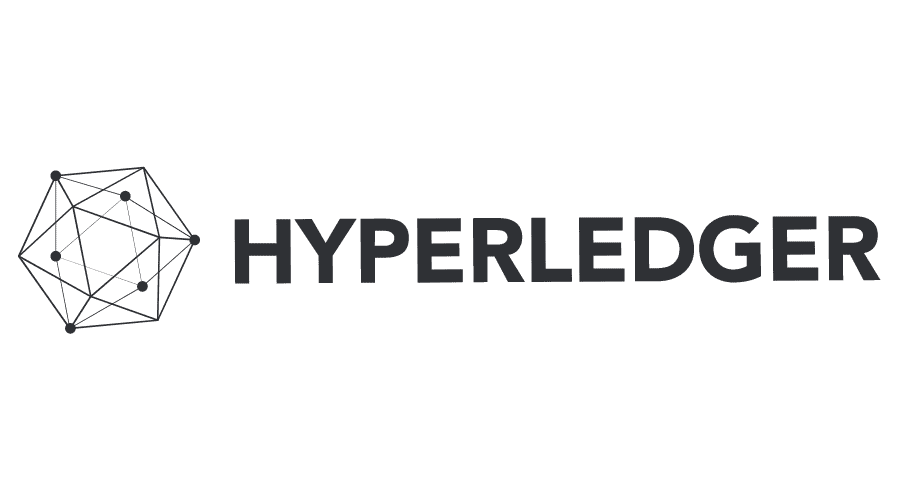Among the many innovations within the Blockchain, smart contracts stand out with their unique qualities. This article gives a step-by-step guide to developing smart contracts.
Are you interested in learning more about Blockchain by writing smart contracts? Okay, you’re on the right track.
A smart contract, a term that has gained popularity in the digital environment, is a virtual agreement in which provisions are encoded directly into code. But how do we go about developing smart contracts?
Developing smart contracts may appear complicated, but it is surprisingly simple. It’s all about encoding an agreement that will then execute itself.
This eliminates the need for intermediaries, resulting in a more secure, transparent, and efficient way of transactions or agreements.
Are you ready to dig deeper? Stay tuned as we walk you through each step of developing smart contracts.
We guarantee that by the end of this adventure, you will be fully prepared to traverse the dynamic terrain of Blockchain and make the most of smart contracts.
What are Smart Contracts?
Smart contracts are computer programs that run independently and are intended to enforce and carry out a contract’s conditions automatically.
Blockchain technology, on which these contracts are based, enables decentralized, safe, and transparent transactions.
Unlike traditional contracts, smart contracts don’t need a third party to monitor and enforce them.
Instead, the terms and conditions are built into the agreement and automatically executed upon fulfilling specific requirements.
As a result, intermediaries like bankers, lawyers, and other intermediaries are no longer necessary.
Applications for smart contracts are numerous, ranging from supply chain management and real estate to finance and insurance.
For instance, a smart contract for insurance could be set up to pay claims automatically when specific criteria are satisfied, like the occurrence of a predetermined event.
Additionally, smart contracts are unchangeable and tamper-proof, meaning they cannot be removed or changed once developed and implemented on a blockchain network.
This lowers the possibility of fraud and corruption, making them highly dependable and safe.
Smart contracts can completely change how contracts are carried out and upheld, resulting in a quicker, less expensive, and more effective procedure.
Now, let us see what developing smart contracts means.
Developing Smart Contracts
Developing smart contracts stored on a blockchain is known as “smart contract development.”
These agreements do away with the need for intermediaries like attorneys or notaries by automatically enforcing the guidelines and policies decided upon by the parties.
Smart contracts can be tailored to a business’s unique requirements and are expressed in code. They are transparent, safe, and have several uses, including supply chain management and digital identity verification.
Writing and deploying code on the Blockchain for smart contract creation demands programming knowledge and blockchain technology competence.
Without further ado, let’s dive into the step-by-step guide to developing smart contracts.
Step-By-Step Guide To Developing Smart Contracts
Now that we’ve clarified the concept let’s go over the development process. If you want to learn how to develop smart contracts, continue reading.
The step-by-step process of developing smart contracts involves the following:
- Choose a platform
- Tools selection
- The development process
- Testing
- Contract deployment
- Interacting with Smart Contracts
Step 1: Choose a Platform
Before beginning the development process, selecting a platform to implement the digital agreement is critical. Numerous platforms aid in developing smart contracts.
Each has its advantages and disadvantages. It is essential to realize that no single “perfect” approach exists. Even Ethereum, despite its market dominance, has faults.
The most popular smart contracts platforms are listed below.
Bitcoin

Non-coders may not be aware that Bitcoin provides a platform for developing smart contracts. It’s called RootStock (RSK) and is related to Bitcoin via the sidechain.
The platform claims to be “the safest in the world” since it keeps the characteristics of the Bitcoin network.
Another advantage of Rootstock is that the Rootstock virtual machine (RVM) is compatible with EVM. This means that Ethereum contracts can execute seamlessly on RVM.
Ethereum

The most reliable and established platform for creating smart contracts today.
Ethereum is well-known and popular among developers because it provides clear instructions and support from the platform’s founders and the worldwide community.
Ethereum even invented Solidity, a programming language that most developers working with smart contracts are familiar with. This significantly decreased the time and effort required for contract creation.
Solana

Solana cannot compete with Ethereum in terms of popularity. However, this platform offers numerous benefits that attract developers’ attention.
First, a computer professional must not learn a new programming language because smart contracts may be created using C or Rust.
Second, Solana addresses the scalability issue by supporting more than 60,000 transactions per second. While Ethereum and Bitcoin are still limited in scale, Solana wins the audience.
Stellar

Stellar is a popular choice among developers when creating a simple, smart contract (e.g., an ICO). In this aspect, Stellar is more profitable than Ethereum because transactions are cheaper and faster.
The Stellar SDK is necessary to create a smart contract, which is noted for its ease of usage.
However, unlike Ethereum, Stellar is not currently a perfect fit for more complex smart contract creation, even though the firm has previously stated that improvements would be made in this area.
Hyperledger Fabric

Hyperledger is among the most prominent Ethereum alternatives. One of the platform’s primary benefits is its flexibility. The developer can utilize Hyperledger Composer to create a smart contract in JavaScript or GOlang.
Also, Hyperledger is known for its permission membership. Therefore, each user’s identity has been verified. It is beneficial for businesses that must meet industry-specific compliance requirements.
Step 2: Tools Selection
Developers can utilize hundreds of platforms and various tools to create smart contracts. All of them are classified into subgroups based on the purpose of use.
Some technologies are required (for example, you cannot develop smart contracts without a programming language). The others are optional.
Step 3: The Development Process
The developer writes the code during this stage to establish a smart contract. All of the future agreement conditions are converted into lines of code.
One of the most common ways to reduce cuts is by using an appropriate template or open-source library. Every Blockchain has its developer toolkit, which is continually updated.
For example, OpenZeppelin is commonly used to create a smart contract on Ethereum. Hyperledger has its own set.
Assume the contract requires information from third-party, off-chain resources to trigger specific conditions (for example, getting knowledge about the severity of an earthquake to transmit payment to the insured party).
In this situation, the developer should use an Oracle. Oracle is a reliable data feed that can incorporate external data into the contract while serving as an on-chain API.
We encourage test-driven development when working with smart contracts. It aids in accurately identifying the terms that determine the function’s correct operation.
However, the TTD method necessitates developing both positive and negative test cases.
Step 4: Testing
Due to the nature of Blockchain technology, the testing phase is perhaps the most crucial. It is impossible to alter a smart contract once it has been created and deployed.
So, the testing stage is the developer’s last chance to eradicate potential defects and errors.
This is where test nets come in useful. The Blockchain determines which testnet is used.
For example, Ropsten and Rinkeby work for Ethereum, whereas Hyperledger Fabric, which is permission-based, requires Hyperledger Umbra.
Various wallets will be required depending on the parties involved (for example, the lessor and lessee). The testnet allows you to add free (dummy) cryptocurrency to your wallets and test transactions.
Step 5: Contract Deployment
The next requirement for developing smart contracts is deployment. To complete this stage and place the contract on the Blockchain, it must be turned into a.json file. Truffle can simply handle the compilation.
The Light IT team frequently blends best practices from the traditional software development paradigm with Blockchain development to provide the highest quality and service. For example, CI/CD processes are ideal for developing smart contracts.
Once you’ve completed the contract, it can be deployed or “go live” and executed once the predetermined circumstances are met.
However, remember that the actual cryptocurrency will be required to start things, so prepare accordingly.
Step 6: Interacting With Smart Contracts
After you’ve deployed your smart contracts on the blockchain network, the next critical step is to allow users and applications to communicate with them.
This entails creating user-friendly interfaces, APIs, or frontends that enable seamless interaction and integration with your smart contracts.
Final Thoughts
Developing smart contracts within a blockchain network offers many options for automating agreements and optimizing company procedures.
By following these steps and utilizing the appropriate tools and platforms, developers may fully realize the potential of smart contracts to create novel decentralized applications and services.
Embrace smart contracts’ transformational power and join the revolution transforming the future of finance, governance, and beyond.
